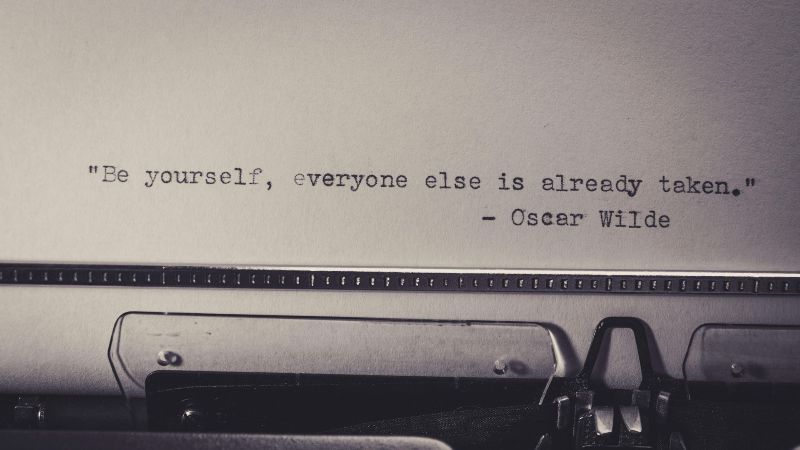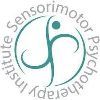Designing a Therapeutic Office for Neurodivergent Adults
Crafting a calming and engaging therapeutic space
Designing a therapeutic space for adults with ADHD, Autism, a mix of both, and Highly Sensitive Persons (HSP) requires thoughtful consideration of sensory inputs and the overall atmosphere. As someone who has spent a year perfecting a 130 sq. ft. office, using both client feedback and personal experience as an ADHD-er and HSP, I’ve gathered insights that can help create a calming and supportive environment for all clients, particularly those who are neurodivergent. The principles I follow in my office can be universally applied, though the reverse isn’t always true.
Light: The Cornerstone of Comfort
Lighting is one of the most critical elements in a therapeutic space. Soft lighting is essential, as harsh or overly bright lights can be overstimulating. I found that the right balance is achieved through “soft white” LED bulbs, specifically GE Relax LED 60W bulbs. These bulbs emit a comforting light that isn’t too warm or cold, helping to create a soothing environment. The color temperature of the light is crucial; inconsistent lighting can be confusing and tiring, especially for someone with sensory sensitivities.
I’ve also made sure that all my lampshades are of similar color—cream or beige—to maintain consistent lighting throughout the room. While experimenting, I found that colored shades, like red or purple, can be distracting and disruptive to the atmosphere. Even a green table lamp, while visually appealing, can detract from the calming environment.
In my small office, I’ve strategically placed two small lamps, one medium lamp, and one large floor lamp, spaced about 5 to 10 feet apart. This setup ensures there are no shadowy areas while avoiding glaring light. This is particularly important when working with clients who have experienced trauma or those who require neurodiverse-affirming care.
Natural Light: A Vital Ingredient
If possible, natural light is a must. The decision to choose an office with a window was intentional, as natural light not only improves mood but also helps regulate circadian rhythms, which can be particularly beneficial for neurodivergent clients.
Furniture: Comfort and Containment
Furniture plays a significant role in creating a space that feels safe and welcoming. I’ve observed that clients prefer contained seating options—plush chairs that envelop them—rather than large, open sofas that can feel overwhelming. This sense of containment can be especially comforting for those with ADHD, who may feel more secure in a defined space.
Simplicity: A Calming Influence
Simplicity in decoration is key. While it’s important not to overwhelm the space with knick-knacks, it’s equally important to include a few tactile elements like fidget toys, which can be incredibly grounding. I opt for toys that are easy to clean and maintain, ensuring that they remain hygienic for all clients. I did add a busy looking rug, both for ease of maintenance (it is washable and the patterns hide wear and tear) and for helping my clients grounds by looking at circular patterns. The rug also warms up the space and connects the two chairs.
Sound: Silence as a Sanctuary
A quiet office is crucial for preventing sensory overload. Minimizing outside noise allows clients to focus on their thoughts and feelings without distraction. If complete silence isn’t possible, consider using a white noise machine or soft background music to mask disruptive sounds.
Additional Comforts: Weighted Blankets and Safety
Small touches, like providing a weighted blanket, a weighted jacket (see blog on picking a hoodie or jacket) a weighted plush toy, can make a significant difference in a client’s comfort level. These items can offer a sense of security and grounding, especially during moments of anxiety or stress. I also ensure that all corners of the room are visible, creating a sense of safety and openness.
Creating a therapeutic space that caters to neurodivergent individuals requires attention to detail and a deep understanding of their unique needs. By focusing on lighting, furniture, simplicity, and sound, we can design environments that support and nurture our clients, allowing them to feel safe and understood.









